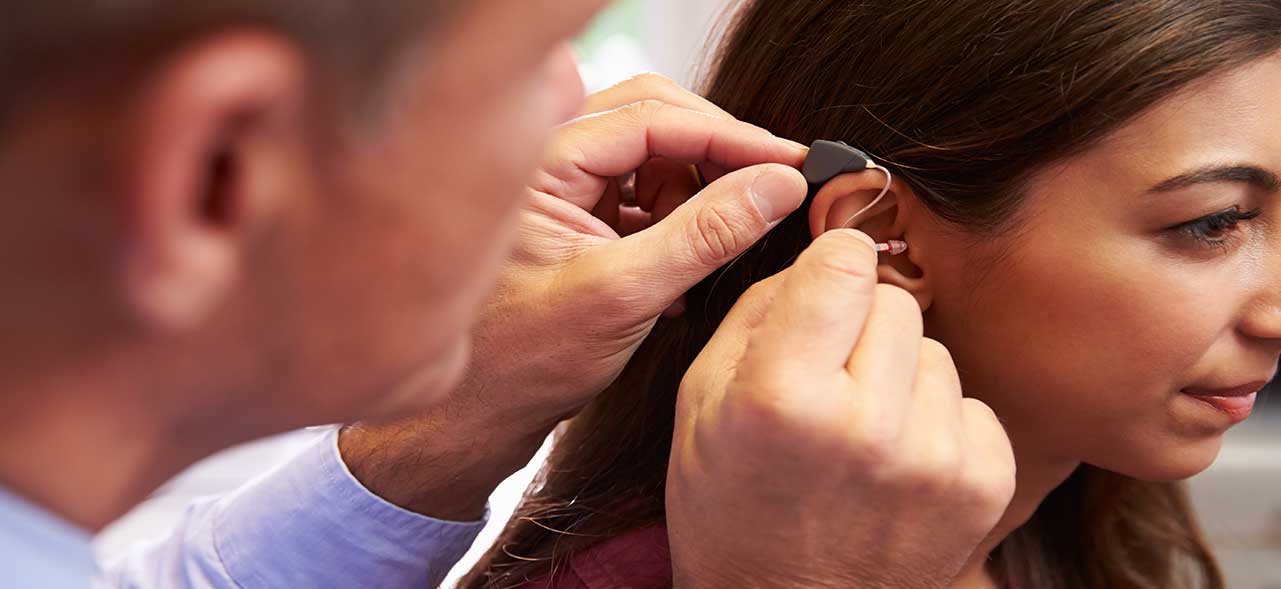
EBITDA Multiples by Industry: How Much Is Your Business Worth?
We present data on EBITDA multiples across eight industries, along with detailed analysis and tips to improve your multiple before exiting.
Tags
Hearing care and amplification products presents immense potential for market growth over the next 2-3 years. This potential is amplified by rapid technological advancement and strengthened by proposed legislative changes that threaten to transform the industry.
Traditionally, hearing aids are sold through strict, controlled channels. Ninety-eight percent of all hearing aids sold in the US are manufactured by six companies. The sale of hearing aids is regulated at the state level, with each state licensing audiologists and hearing instrument specialists (collectively referred to as “dispensers”) according to their own set of criteria. The consolidation of several dispensers combined with strategic alliances between manufacturers and dispensers means that most practices limit the number of brands they offer to patients. This poses huge barriers to entry for new manufacturers. Many companies have tried to enter the hearing aid manufacturing industry, including 3M, Bausch & Lomb, Motorola, and Panasonic. All of them have failed.
Historically, the market for hearing aid sales has grown at a modest pace. In 2015, the Hearing Industries Association reported US market growth of 7.2%, on the heels of 4.8% growth in 2014. However, three large factors will drive accelerated growth longer term:
This last statistic deserves further explanation. Low market penetration rates hinge on two issues:
Astute investors have taken notice, betting on increased sales to the baby boomer population intersecting with deeper market penetration from better designs enabled by improved technology.
Advances in hearing aid technology in recent years have been focused on miniaturization and connectivity. Hearing aids are becoming smaller and more discrete, while advances in sound processing technology are improving speech clarity and background noise reduction. Hearing aids can now connect wirelessly to other electronic devices including smartphones, tablets, and televisions. Current models like the ReSound LiNX2 enable the user to control the device directly from an iPhone or Android. The most advanced hearing aids are also able to learn from the user’s preferences in various environments, logging data, recognizing patterns, and adjusting automatically. These features improve adoption rates and attract younger first-time purchasers, demonstrating the potential to expand the market.
Hearing aids are Class I & II medical devices, meaning they’re subject to strict regulatory controls by the FDA, who defines a hearing aid as a “wearable sound-amplifying device that is intended to compensate for impaired hearing.” An alternative category, Personal Sound Amplification Products (PSAPs for short), avoids such regulations. The FDA defines a PSAP as a “wearable electronic product that is not intended to compensate for impaired hearing, but rather is intended for non-hearing impaired consumers to amplify sounds in certain environments.” PSAPs are sold over-the-counter (OTC) at much lower price points than hearing aids, and have recently attracted considerable investments for a number of reasons.
The line between hearing aids and PSAPs is becoming blurrier as well-funded new entrants are developing advanced PSAPs to be sold directly to the consumer (DTC) and through mass retail and pharmacy channels. As an example, Soundhawk, founded by a hearing industry veteran and backed by True Ventures, commercialized a PSAP one year ago with the vision of offering a high-tech, low cost, convenient alternative to hearing aids.
The marketing and publicity surrounding PSAPs has also created a catchy new buzzword: hearables. Hearables are ear-level wearable technology, traditionally classified as PSAPs (though PSAP’s don’t have exclusive rights to this domain), that come in many form factors including earbuds, headphones, wireless earpieces, and hearing aids. They more closely resemble consumer electronics than stereotypical hearing aids, offering the ability to enhance sound quality, amplify sound, monitor biometrics via the ear canal, connect to other electronic devices, and respond to the user’s voice.
The technology inside hearing aids may be more advanced, but many consumers report that PSAPs, costing $25-500, provide comparable benefits to hearing aids with drastic cost savings. The result is increased demand.
Recognizing this demand, new and established players are beginning to promote lower cost hearing aids. Eargo, a startup backed by Maveron and New Enterprise Associates, is pursuing a DTC distribution model. earVenture, a joint venture between an established OEM and a prominent industry trade group, supports traditional distribution channels. Starkey, one of the Big 6 manufacturers, recently announced a strategic partnership with hearable maker Bragi to “revolutionize the hearing aid industry and bring new technology and consumers to our hearing professionals.” Other emerging technologies include self-testing for hearing loss and remote programming of hearing aids, both of which support OTC and DTC channels.
Consumer electronics giants have also taken notice of the industry’s larger potential. Samsung and Sony are both launching hearables, and the former is rumored to also be developing a hearing aid. There are also rumors of Google working on a hearable.
Finally, legislative changes may force the hearing aid industry to break new ground. On October 23, 2015 the President’s Council of Advisors on Science and Technology (PCAST) issued a report arguing that the current regulatory environment limits consumer choice and stifles innovation. It recommended that the FDA reclassify certain types of hearing aids to be approved for OTC sales while also exempting them from Quality System Regulation (QSR) and implementing looser compliance guidelines. The thesis is that such change will bring prices down, fuel innovation, and expand access to care. While the argument threatens the industry’s largest hearing aid manufacturers as well as the entire audiology profession, its passing would create transformative change across the entire value chain.
Only time will tell if the PCAST recommendations result in legislative action. Regardless, the next several years promise exciting change in the hearing aid manufacturing industry as new entrants attempt to simultaneously grow the market and disrupt existing distribution channels, while the established manufacturers continue to push the boundaries of their own innovations without sacrificing their control over the industry.
